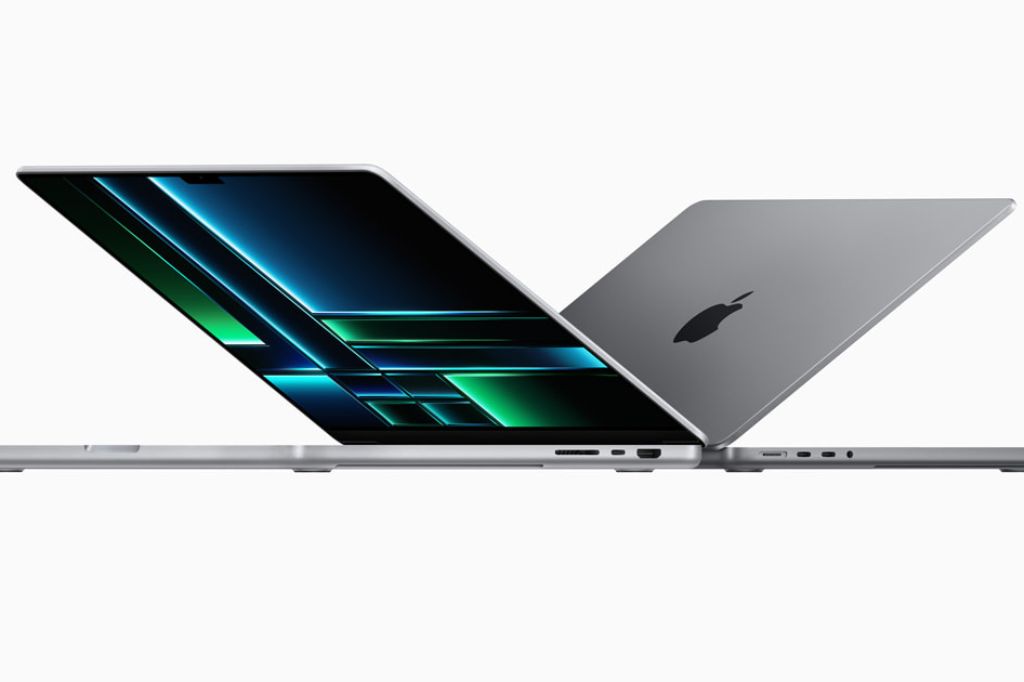Introduction:
Apple’s macOS is renowned for its sleek design, seamless performance, and exceptional user experience. Whether you’re a creative professional, a student, or someone who simply appreciates a well-crafted machine, you might be considering investing in a Mac. However, with the choice between a MacBook and an iMac, you’ll need to weigh your priorities and preferences carefully.
In this blog post, we’ll explore the key differences and similarities between these two Mac platforms. We’ll consider various aspects, including performance, portability, display quality, and more, to help you make an informed decision about which macOS-powered machine is right for you.
Performance and Power:
Performance is a crucial factor when choosing a Mac. Whether you need a computer for graphic design, video editing, or running resource-intensive applications, you want a machine that can handle the load. The MacBook and iMac both offer impressive performance, but there are differences to consider.
The iMac, with its larger form factor, typically boasts more powerful components, including faster processors and dedicated graphics cards. This makes it an ideal choice for professionals who demand high computing power for tasks like 3D rendering, video editing, and scientific simulations.
On the other hand, the MacBook lineup provides a blend of portability and performance. The MacBook Air, known for its lightweight and thin design, is suitable for everyday tasks, while the MacBook Pro is designed for users who need a balance of portability and power.
Portability and Convenience:
The MacBook’s primary advantage is its portability. If you’re constantly on the move or prefer working in different environments, a MacBook might be the right choice. The MacBook Air, in particular, is incredibly light and thin, making it easy to carry in a backpack or laptop bag.
In contrast, the iMac is a desktop computer with a stationary design. While this means you’ll enjoy a larger display, it also limits your mobility. The iMac is best suited for a fixed workspace, such as a home office or studio.
Display Quality:
Both the MacBook and iMac offer stunning displays, but the size and technology differ. The iMac typically comes with a larger screen, available in various sizes, which is great for tasks that require ample screen real estate, such as graphic design, video editing, and multitasking.
MacBooks, on the other hand, offer more compact displays. However, they come with high-resolution Retina displays that provide excellent color accuracy and sharp visuals. For professionals who need mobility without compromising on display quality, the MacBook Pro is a top choice.
Storage Options:
When it comes to storage, both MacBook and iMac offer various options. The iMac usually comes with larger internal storage capacities, making it suitable for users who need ample space for media files and applications.
MacBooks, while more portable, may have smaller built-in storage. However, they often compensate for this with faster solid-state drives (SSDs), which provide quicker access to your data and applications. Many users also opt for external storage solutions to expand their MacBook’s storage.
Price and Value:
Price is always a significant consideration when purchasing a computer. Generally, MacBooks tend to be more affordable compared to iMacs with similar specifications. However, the difference in cost can be justified by the iMac’s larger display and potentially superior performance.
It’s essential to consider your budget and how the features align with your needs. MacBook models are available in a range of price points, from the budget-friendly MacBook Air to the more premium MacBook Pro. iMacs, too, have varying price tiers, depending on the screen size and performance specifications.
Ecosystem and Compatibility:
Apple’s ecosystem and compatibility are a compelling reason for many users to choose a Mac. Regardless of whether you opt for a MacBook or an iMac, you’ll enjoy seamless integration with other Apple devices, such as your iPhone, iPad, and Apple Watch. This allows for features like Handoff, AirDrop, and iCloud syncing, enhancing your overall productivity.
Additionally, the Mac App Store offers a wide range of software optimized for macOS, ensuring you can find the applications you need for work or leisure.
Conclusion:
Choosing between a MacBook and an iMac running macOS ultimately comes down to your specific needs, preferences, and budget. Both platforms offer a superb user experience and the benefits of macOS, such as reliability, security, and a user-friendly interface.
If portability and versatility are your top priorities, a MacBook may be the ideal choice. On the other hand, if you require maximum performance, a large and high-quality display, and don’t mind a stationary setup, the iMac could be the right fit.
Evaluate your use case, weigh the factors mentioned in this guide, and make an informed decision to ensure you invest in a Mac that perfectly suits your needs. Whichever you choose, you’ll be joining a community of Mac users who appreciate the power, style, and functionality that macOS offers.




